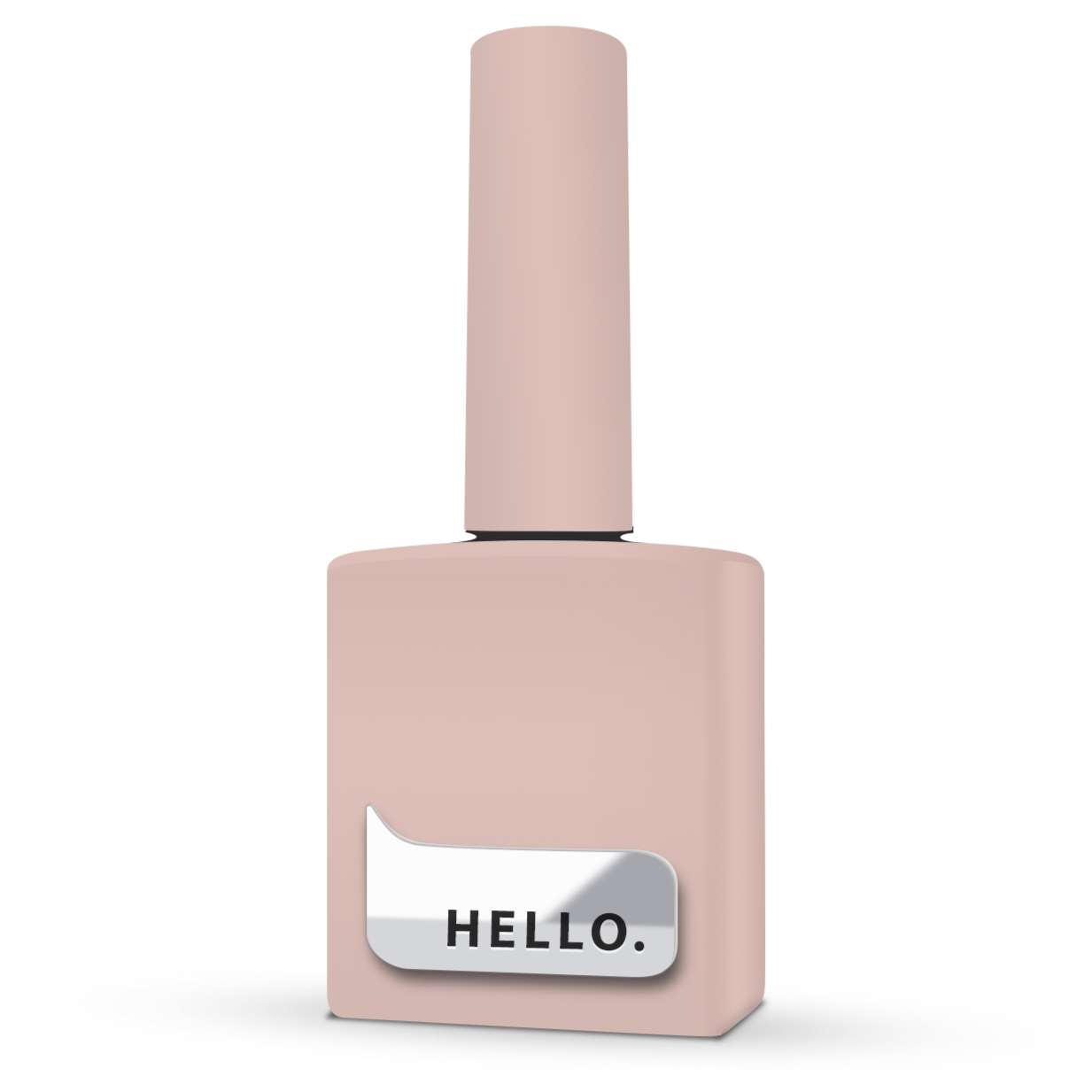
FLOW BASE RIZZ, 15 ML -HELLO™
Pairs well with
Shade: milk peach
Collection: EVERYDAY
Consistency: medium
Stiffness/elasticity: elastic
Acidity: neutral, pH=6.5
Smell: neutral
Pigmentation: dense, covers the free edge
Application method:
Thoroughly degrease the nail plate with phBond dehydrator.
Apply Ultrabond acid-free primer to the tip of the nail and wait for the liquid to dry completely.
Apply a layer of transparent Rubber base as a substrate and cure for 30 seconds.
Apply one or two layers of Flow base. The polymerization time in a UV/LED lamp is 60 seconds.
Apply the finishing coat (top) as the final layer.
Volume: 15 ml
Manufacturer: TM "HELLO. by NAILSMADE"
Country Ukraine
How to prevent bubbles in the material?
Bubbles can appear in any liquid. It does not depend on the formula or the ingredients. It depends on the density (viscosity).
It's just a law of physics, nothing else.
For example, in water, bubbles last a very short time and come out by themselves.
If we take thicker liquids (honey, thick gel for building up, etc.) - in these products, bubbles willingly settle and do not leave them as quickly as water.
And so with the base. If you work with a brush carelessly, sharply dipping it into the bottle, it unwittingly acts as a blender that mixes the material with air, forming bubbles. This is especially true for materials in bottles with a brush.
That's why we make CAREFUL, gentle movements with a brush!
Especially when the bottle is new and full.
When we were working on the development of the tint base product, we had a choice of density. We deliberately chose the consistency of medium thickness because it has advantages:
- the material does not run anywhere, does not flow;
- contours are clear without extra effort;
- the master calmly teaches the architecture and has time to check it by reflection;
- there is no need to apply a second layer to complete the architecture or camouflage the free edge.
Our production has equipment that prevents the formation of bubbles in the material at all stages - from mixing the pigment to bottling.
We also warn our partners that we are against the fact that the consultant in the store opens the bottle for the client and shows the material. Because a consultant who is not a craftsman does not understand that you can make bubbles with a brush without even realizing it.
Not to mention the fact that the necks of the bottles have an unsightly appearance when they are contaminated with material to the very top.
If bubbles appear in the material, how to fix it?
Unscrew the cap of the bottle, but do not remove the brush.
Put in a warm (but not hot!) place overnight.
Or put the bottle in a plastic bag and immerse it in warm water (up to the shoulders).
According to the laws of physics, molecules move faster in a warm environment, and this speeds up the process.
Air will rise to the surface, it is lighter than liquid.
Use only for training on tips

FLOW BASE RIZZ, 15 ML -HELLO™
If you have any questions, you are always welcome to contact us. We'll get back to you as soon as possible, within 24 hours on weekdays.
Shipping Information
Use this text to answer questions in as much detail as possible for your customers.
Customer Support
Use this text to answer questions in as much detail as possible for your customers.
FAQ’s
Use this text to answer questions in as much detail as possible for your customers.
Contact Us
Use this text to answer questions in as much detail as possible for your customers.